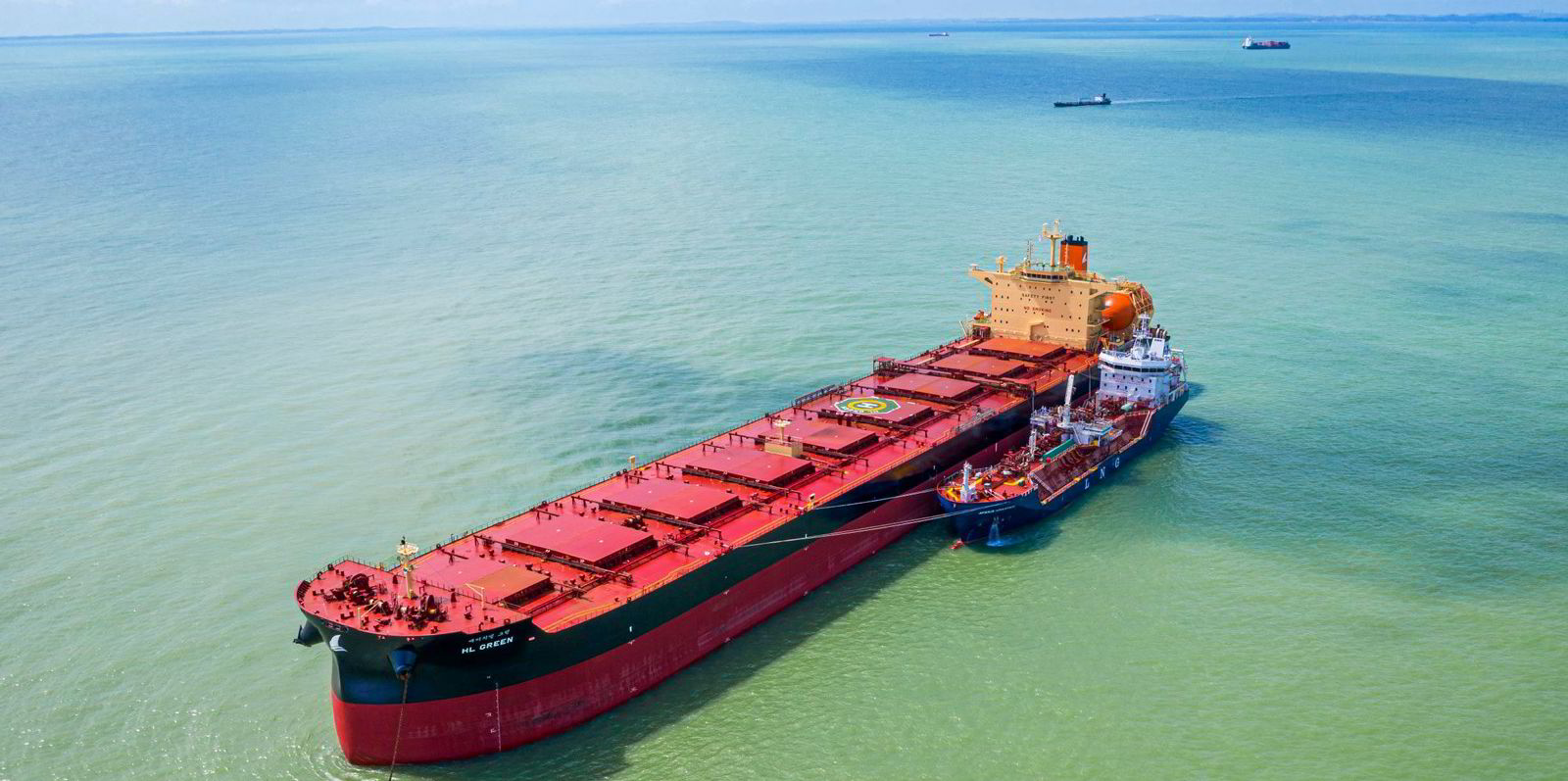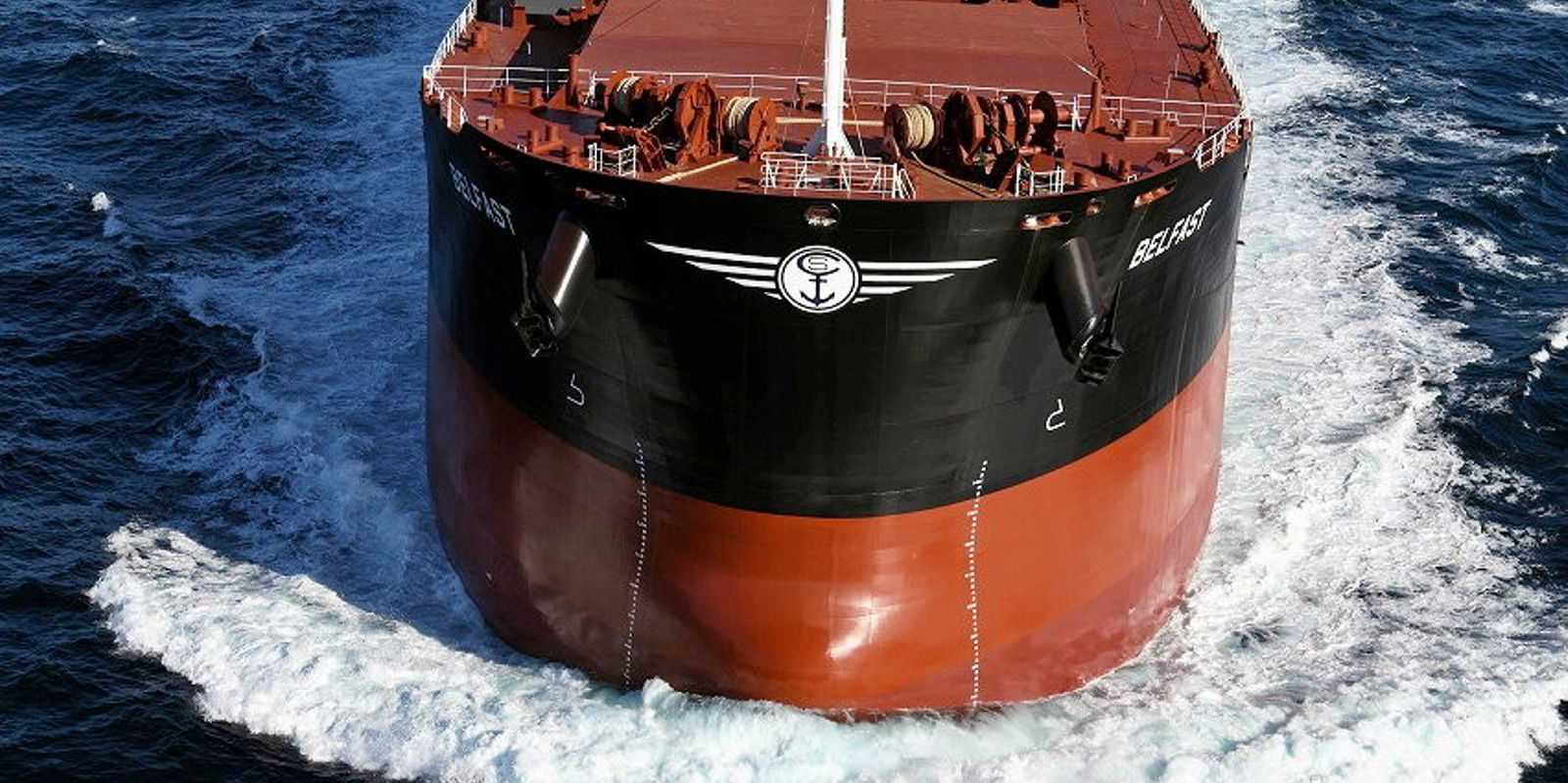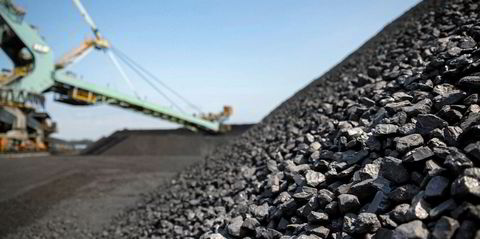If public bulker owners are making so much money, why are so many still trading at a discount to their net asset value (NAV)?
There has been little normality in the dry bulk sector in 2021.
The Baltic Dry Index, the overall indicator of the strength of dry cargo markets, is at the highest level since September 2008.
But shares in most publicly listed bulker owners have fallen by nearly 20% over the past month.
Lars Christian Skarsgard, chief executive of ultramax owner Belships, has pointed to an unusual situation that has developed this year: he said equities are lagging, even though dry bulk is a "fantastic proposition" in terms of its fundamentals.
"It's quite different to earlier cycles, where you often see stocks and [asset] values moving early and the cash flow comes later. This time it's the other way around," he said, speaking during an Arctic Securities panel discussion last month.
"Across several listed [bulker] companies, you have the cash flow first and actually the equities and vessel values are lagging."
Skarsgard called the current market a "fantastic proposition" and said the cash yield for 2022 could reach levels "not seen in any cycle I can remember".
Cheaper stocks
Randy Giveans, head of shipping equity research for Jefferies, also sees a huge dislocation between super-strong freight rates and bulker owners' share prices.
"This is easiest to see in the spot rates, but also in the FFA [forward freight agreement] curves," he told TradeWinds.
"Equities were much higher when the 2022 FFA curve was $24,000 per day, compared to today’s $28,000 per day."
Giveans said this dislocation stems mostly from fears surrounding a shutdown in industrial activity in China, which accounts for a big slice of dry bulk shipping demand, and the energy crisis worldwide.
But the fact that bulker equities are looking cheap is also linked to profit-taking.
"This [dislocation] is somewhat surprising, but, after the year-to-date rally, I know many investors who are looking for reasons to 'call the top' and take profits," Giveans said.
"As for a near-term precedent, just look back at the month of July; all of dry bulk was down 20% to 25% in a two to three-day span despite rates going up."
Asset values
Capesize spot rates are 196% above where they were last year, but asset values have not seen quite the same uptick, according to Ynes Benotmane, cargo analyst at VesselsValue.
She told TradeWinds that 102 capesizes have changed hands so far this year — a 67% increase on the same period last year.
"Values have increased [by around] 50% during this period," Benotmane said. "A five-year-old, 180,000-dwt capesize bulker was worth $32.7m in October 2020 and can now fetch $49m today."
Smaller vessels, particularly handysizes, have had the most dramatic turnaround in values. One-year period rates for handies have more than tripled year on year, while the average value of a five-year-old vessel has grown by almost 91%, according to VesselsValue.

NAV discount
The lag effect means bulker owners including Genco Shipping & Trading, Star Bulk Carriers, Navios Maritime Partners and Eagle Bulk Shipping are trading at big discounts to NAV, according to Giveans.
"These reduced equity prices could/should be a good thing if companies take advantage by repurchasing shares," he said.
In Oslo, DNB Bank estimates Golden Ocean's NAV at NOK 99 ($11.74) per share, but the stock closed NOK 16.75 below this level on Friday last week and was trading at around $9.75 on the Nasdaq bourse.
Last week, DNB raised its target price for Golden Ocean to NOK 133 after revising its one-year forward forecast for asset prices, in light of better-than-expected freight rates.
For investors, Giveans thinks there is still plenty of value to be squeezed out of bulker stocks.
"Obviously, the best opportunities were a year ago before the stocks tripled to current prices," he told TradeWinds.
"That said, [there is] still a lot of upside, as there remains a large disconnect between elevated rates and strong asset values versus undervalued equities."
Looking ahead, Giveans thinks "cooler heads will prevail as rates stabilise in the coming weeks" but believes earnings season will help with optimism.
"I think this upcoming round of [third-quarter] earnings calls will be robust, with blow-out quarters, strong guidance and big dividends."











